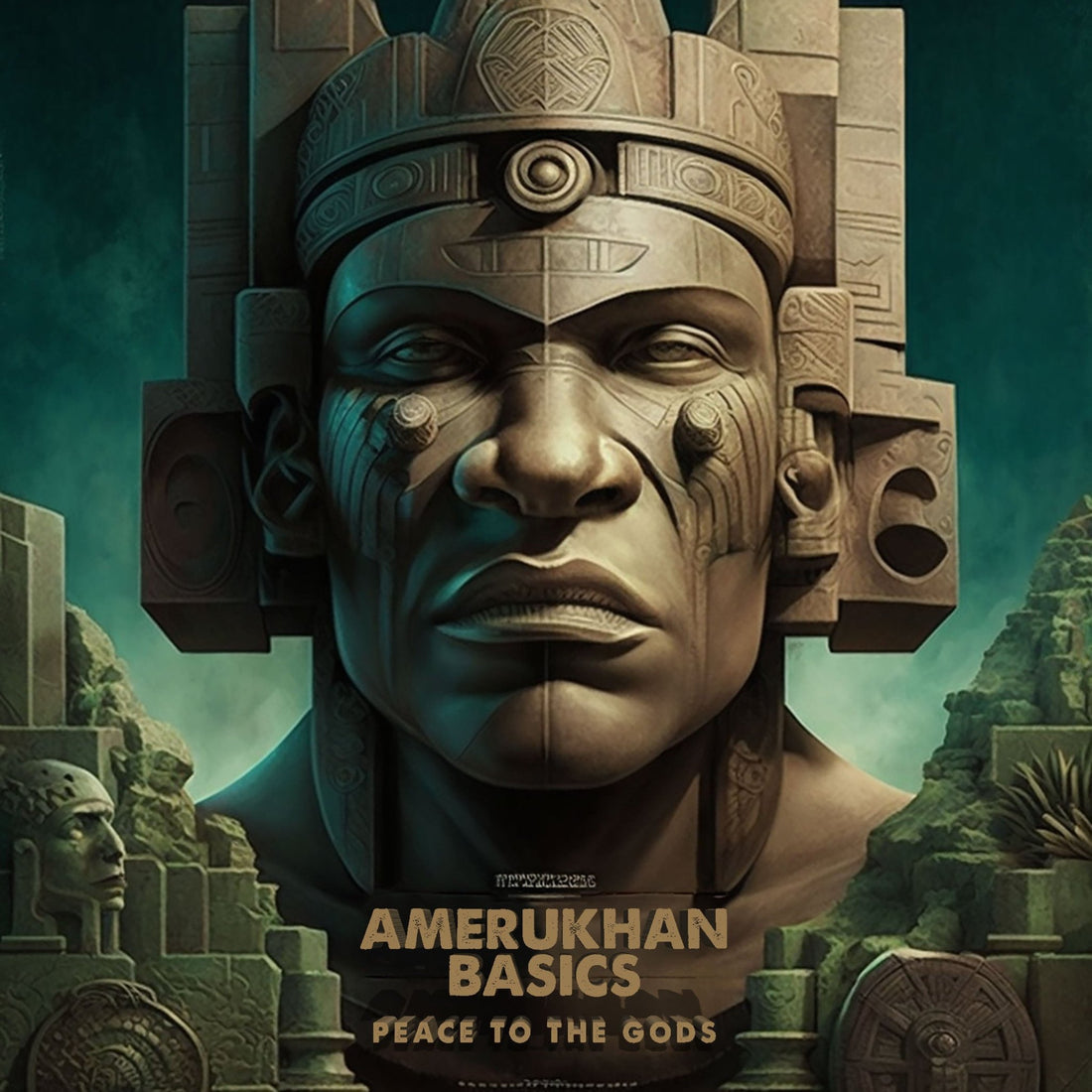
Unveiling the Threads of Heritage:
Share
African-Americans, American Indians, and the Hidden Connections Across Time
History is a tapestry woven with vibrant threads of culture, lineage, and identity. Among the most fascinating interwoven tales is the connection between African-Americans, American Indians, the ancient Mayans and Olmecs, and their significance in the broader context of U.S. treaties, including the Treaty of Peace and Friendship, the Reconstruction Treaties of 1866, and the symbolic city of Opa-locka, Florida. This journey is incomplete without honoring the scholarly legacy of Dr. Yosef Ben-Jochannan, whose work shed light on these shared heritages.
The Moors and the Treaty of Peace and Friendship
The term "Moors" echoes across centuries, symbolizing African people of Islamic faith who contributed profoundly to global civilizations, especially in Europe and the Americas. The Treaty of Peace and Friendship, signed in 1786 between the United States and the Sultanate of Morocco, underscores this rich legacy. It established political and commercial relations, recognizing the Moors' profound role in early American history.
African-Americans and American Indians: A Shared Legacy
The story of African-Americans intertwines deeply with that of American Indians, not just through their shared struggles but also in familial and cultural connections. During the transatlantic slave trade, many Africans found refuge among Indigenous tribes, leading to blended traditions and alliances. This union was further codified in the 1866 Reconstruction Treaties of Oklahoma, which granted freedmen—African-Americans formerly enslaved by tribes—rights within tribal nations.
However, these treaties were often ignored or eroded, leading to a fractured acknowledgment of this shared history. Today, advocates call for the recognition and restoration of these rights.
The Mayans, Olmecs, and Ancient America
Long before the European arrival, civilizations such as the Mayans and Olmecs thrived in the Americas. These cultures demonstrate architectural genius, astronomical mastery, and spiritual sophistication. Scholars like Dr. Yosef Ben-Jochannan highlighted the cultural and genetic similarities between these ancient civilizations and African civilizations, arguing that trans-Atlantic connections predate Columbus.
This perspective challenges conventional narratives, underscoring the contributions of African-descended peoples to the ancient Americas.
Semantic Keywords: Mayans, Olmecs, ancient America, African heritage, trans-Atlantic connections.
Opa-locka, Florida: A Moorish Revival
The city of Opa-locka, Florida, embodies the enduring legacy of Moorish influence in the Americas. Founded in 1926 by aviation pioneer Glenn Curtiss, Opa-locka's architectural theme draws directly from Arabian Nights, with domes, arches, and minarets. It stands as a living testament to the cultural footprint of the Moors in shaping aesthetic and societal frameworks.
Honoring Dr. Yosef Ben-Jochannan
Dr. Yosef Ben-Jochannan, affectionately known as Dr. Ben, dedicated his life to illuminating African history and its global impact. His scholarship bridged the African Diaspora, connecting African-Americans, American Indians, and ancient civilizations like the Olmecs and Mayans. Dr. Ben's teachings remain a cornerstone for understanding the interconnectedness of cultures and civilizations.
Forging Modern Connections: Link-Building for Awareness
To amplify this narrative, partnerships with organizations and platforms dedicated to cultural heritage, history, and education are essential. Examples include:
- African American Cultural Heritage Action Fund – Advocates for preserving African-American historical sites.
- Smithsonian National Museum of the American Indian – Shares stories of Native history and culture.
- BlackPast.org – A comprehensive resource for African-American history.
- UNESCO World Heritage – Recognizes the global importance of cultural legacies.
In Conclusion
The ties between African-Americans, American Indians, the Moors, Mayans, and Olmecs span geography and time, revealing a shared story of resilience, creativity, and influence. As we honor these connections and the work of visionaries like Dr. Yosef Ben-Jochannan, we strengthen our understanding of identity and heritage. Through storytelling, scholarship, and community engagement, we ensure that these vital narratives endure.
